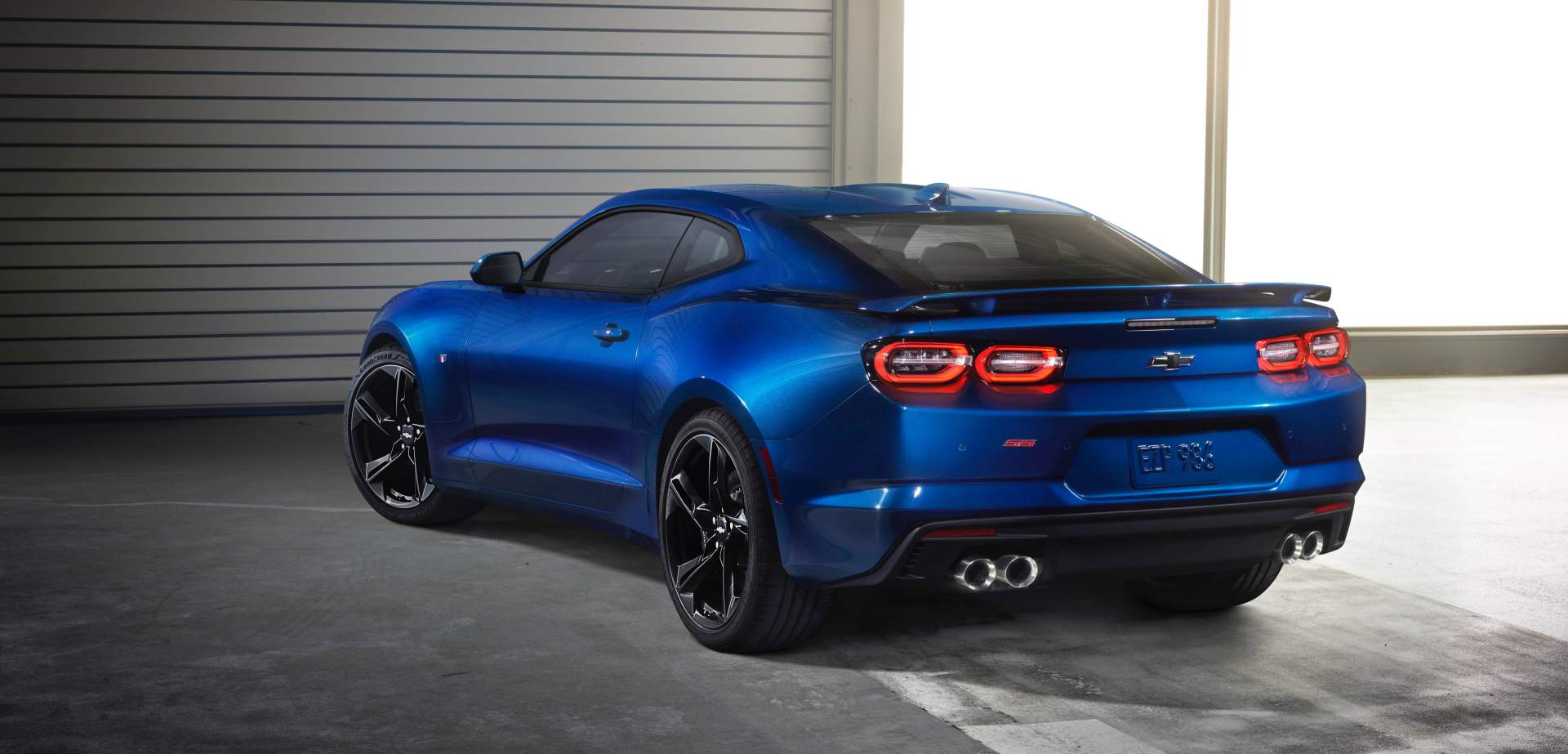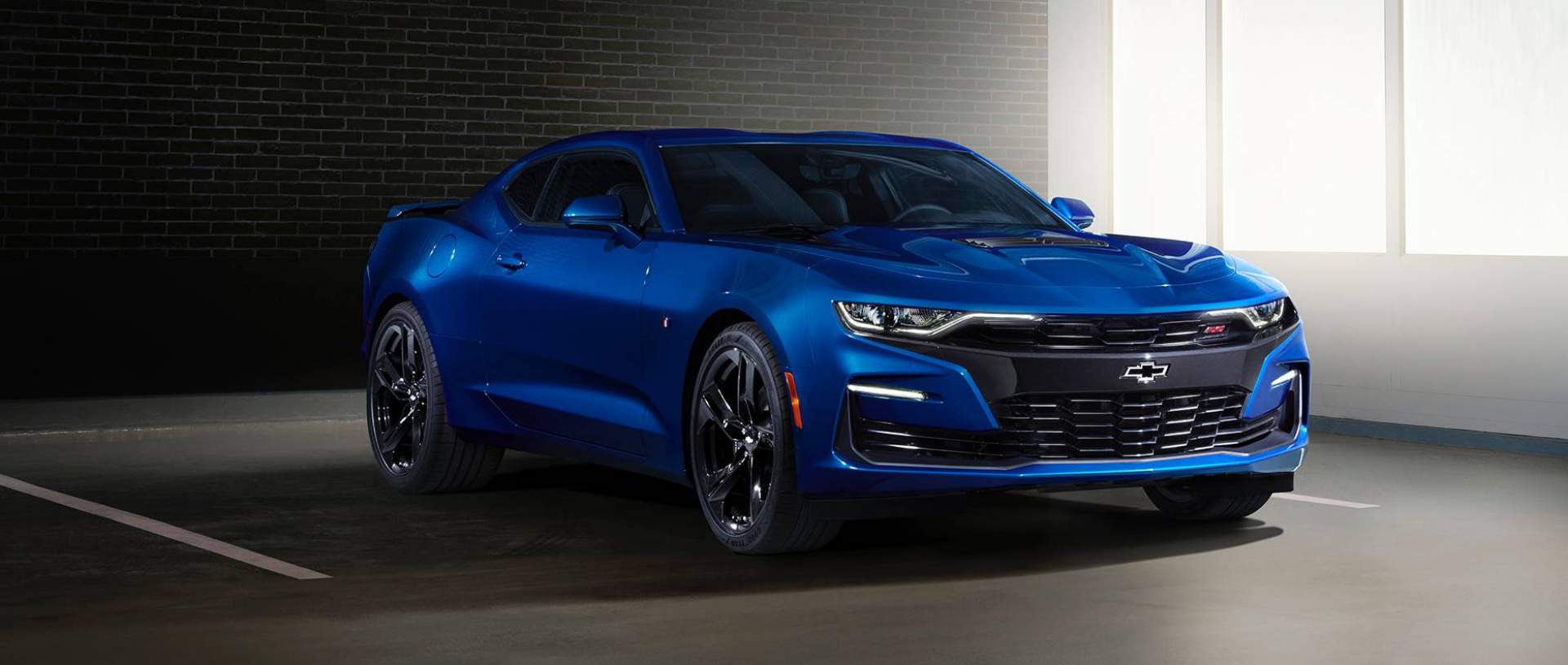When Chevrolet gave the Camaro a mid-cycle nip and tuck for the 2019 model year, it threw in some content updates as well.
Among them were measures taken to improve fuel economy, including the introduction of a 10-speed automatic transmission on the V8-powered SS trim level and a more streamline front end standard on all grades. Guess what? MotorTrend learned they didn’t quite work.
According to the EPA’s official fuel economy figures, both the 2019 Camaro SS (pictured) and 2019 Camaro V6 automatic see a slight drop in efficiency. The 2019 Camaro SS with the 10-speed auto is rated at 16/27/20 mpg city/highway/combined, while the 2018 Camaro SS with the 8-speed auto returned a better city rating of 17 mpg (highway and combined ratings are the same).
Does the blame lie with the 10-speed automatic? We don’t know for sure, but it’s the main suspect if you ask us.
Also read: 2018 Mustang GT With 10-Speed Auto Sticker Shows Improved MPG
Perhaps even more curious is the case of the 2019 Camaro V6 automatic, which gets worse fuel economy ratings even though the 3.6-liter V6 engine and the eight-speed transmission have carried over unchanged from the previous model year.
While both the city/highway ratings stay the same (19/27 mpg), the combined fuel economy is worse on the 2019 model than its predecessor — 22 mpg versus 23 mpg, respectively. We’re totally lost on why that happened, especially since we’re not aware of the EPA changing the formula it uses for the 2019 model year — it did change it for 2017 but not since then.
Interestingly, the V6 model with a six-speed manual gearbox gets the same combined and city ratings as before (20 mpg and 16 mpg, respectively), but the highway mileage drops from 28 to 27 mpg. The automatic ZL1 is actually the only model that offers fuel economy improvements: the combined rating goes from 15 to 16 mpg.






